https://www.youtube.com/watch?v=kX6xnOksQTc
What Outlet Should You Buy For Your Home _ Commercial vs Residential

Hey , what's up ?
You guys ?
It's Scott with everyday home repairs .
And today I want to dive a little bit deeper on a topic of conversation , which was brought up on one of my other videos .
Now I put out a video that was just basics on how to wire an outlet and some of the best practices .
If you haven't seen that video , you can check the link right here , dive into that and then get some of the basics .
Often .
It's just a great refresher uh things you might have already known , but just a refresher before you jump into a project .
But in the comments .
So there's over 1000 comments on that video from a lot of great people , everything from just weekend warriors like myself because I am not a licensed electrician .
So this is just entertainment purposes only .
And anything I say here is really just what I'm learning and my experiences .
It's not telling you exactly what needs to be done in your home .

One big thing is the national electrical code or E C is different for different states and cities , states and cities adopt different versions and that can stretch all the way back to 2008 or 11 , 14 , 17 or even up to date with the 2020 code .
So it's gonna be different for all of us in our areas and you do need to do the research and take that responsibility in your own hands .
I'm just sharing some information with you .
Now , one thing that came up is this outlet and what this outlet is , is just a basic 15 AMP outlet , but it is cheap , right ?
So if you go in the big box stores , you're gonna see this guy for about 50 cents , it's gonna be the biggest box , at least in our area , the biggest box there .
And it's not even what's called tamper resistant , which is , is the code in many areas today .
But a lot of people said I never used those .
This is made by the same brand Leviton , which makes pretty much all of the components you'll see in these stores , but it is residential , super cheap .

And I don't even know how they make any money off something that's 50 cents .
You have alternatives and those alternatives are going up to commercial grade .
So I busted out my hacksaw and I cut into that outlet .
Now , once I cut in , I just wanted to see the internals and what that looked like and here's what you get .
Now , I did the same thing for a commercial grade outlet .
So here's the commercial grade and I really want to see , uh , what am I getting for the difference between the 50 cent outlet and the $2 outlet ?
The guts of it , the thing that are actually going to hold up better over time or fail .
Um , what is that difference ?
And there are some , so let's jump in and take a closer look and I'll let you know in the end , am I upgrading ?
Is there a big enough difference that I'm gonna be spending the dollar 50 additional per outlet ?
Just because I see that difference is that big .
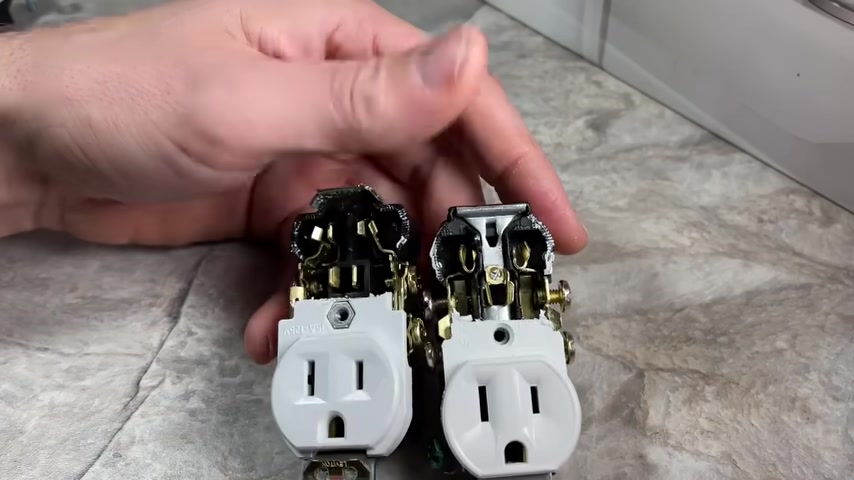
So now looking at the internals on the right hand side , we have the residential and then here on the left hand side , we have the commercial , a few things that stand out that you're not going to see in the video is just the weight .
So this residential is probably about half the weight of this commercial that's mostly due to the thickness of the plates here .
So you can see just the ground plates on the commercial are about 2 to 3 times thicker .
And then the plastic housing , this plastic housing is much thicker or at least denser and just carries a lot more weight structurally .
I have seen failures in the past where the top white housing and black housing separate and break apart .
It kind of makes sense now that the mounting tab runs through and then carries the structure through this plate in the middle that also grounds serves as your ground .
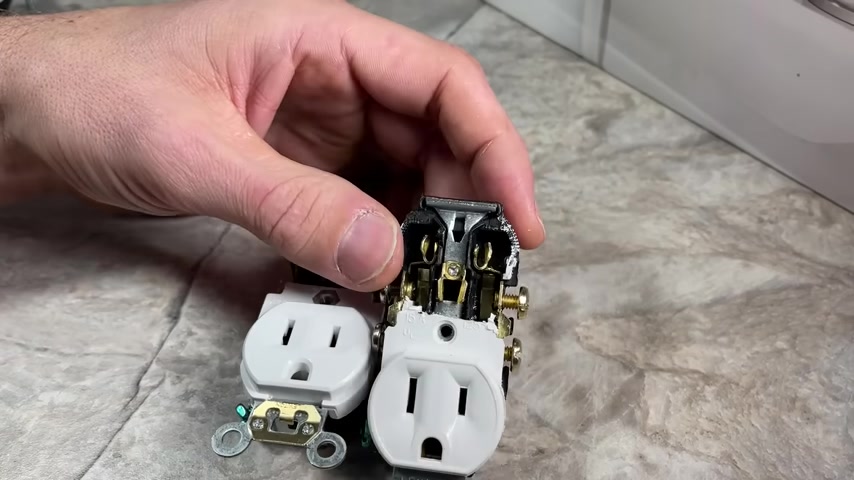
So now you can see if you , if you apply to any sort of torsion or twisting motion to this plate , how that could break apart those two housings .
And it makes sense why I've seen that failure in the past .
Alternatively , the commercial carries the load through outside cradle bracket , which I kind of like , it just seems like it's gonna take more load and then it's definitely not going to apply that motion between the two housings which could separate and cause failure .
Also , I have seen on residentials internal shorts before .
So using this little wire , I'll point out something .
So with the hot side here , your plug is gonna go in between and be sandwiched in this kind of U R V pattern and then that's gonna be hot .
Now , you only have this small piece of black plastic separating the hot from ground .
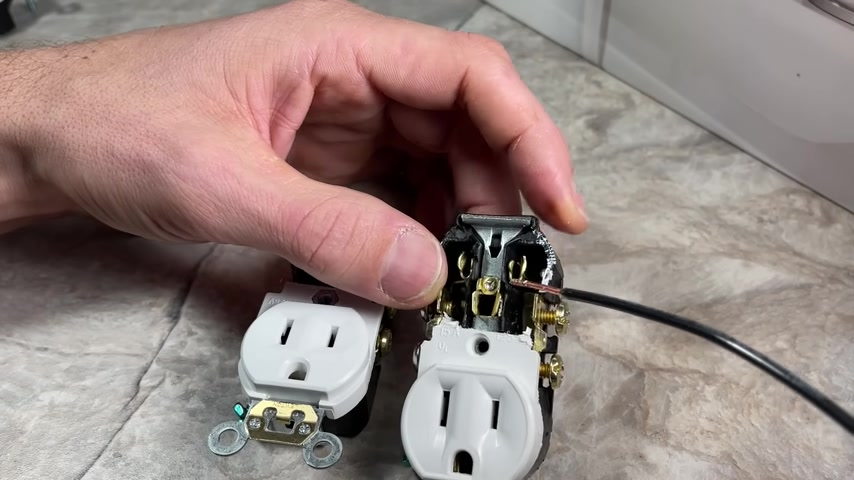
So if there's any sort of failure in that black plastic , you can cause an internal short and start to get arching internally .
And sometimes you'll see like black or melted plastic , internal and you can see how that is a real possibility and how that can happen with the commercial .
You don't have that .
So one , you have a lot thicker black plastic here and your ground is going through here and back to the external cradle .
So in terms of clearances or separation between hot and either go shorting over to neutral or shorting to ground , you just have much better clearances overall .
And probably the biggest thing and failure that I've seen over time is this U or V pattern as we , as we talked about , let me take this little plug here .
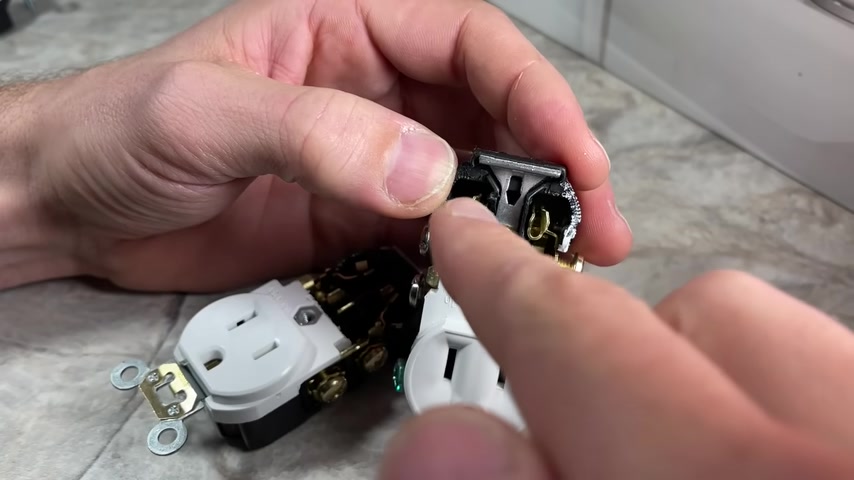
So if you plug something in , right , it applies pressure to that plug and sandwiches , it to hold it into place .
The problem is once those deflect out .
So once you start losing the distance between the top , then your plugs aren't gonna stay in .
So if you ever had an old outlet that the plugs just keep falling out , that means that these are deformed out .
And now the clearance is such where it doesn't hold the plug into place for the commercial , it's a completely different design .
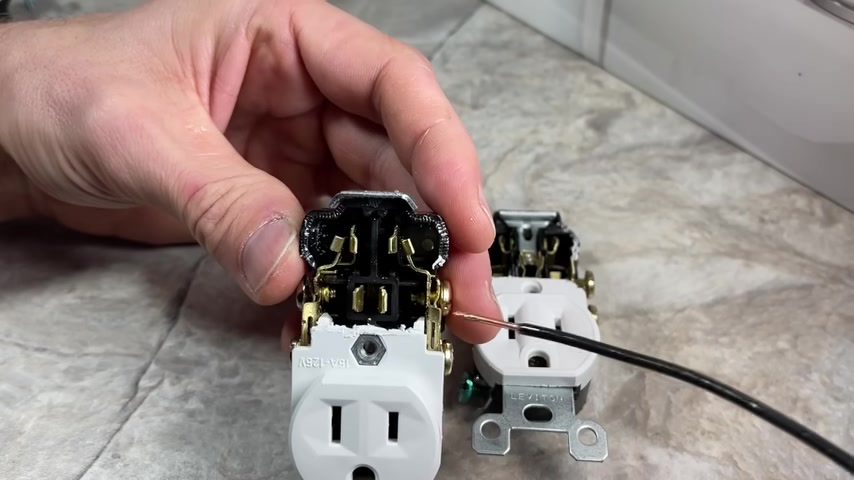
So now you have this external arm that applies the pressure and then that's what's gonna push out when the plugs in and then push back in once it's out , once the plug is pulled out , that is just gonna be a better design and should hold up to many more cycles of taking the plugs in and out and hold your plugs in many more years than a residential would ever hope .
Now , are you using your plugs enough to ever see that that's really up to you .
But those are the big differences overall that I see between .
There's other things like the residential is gonna have these pushpins for 14 gauge wire , those are not recommended for use .
Uh really only want to use these terminals .
Uh It's just a better way and we go over that a little bit more in that the first outlet video that I have and then you're just not gonna have those available on the commercial grid .
All right .
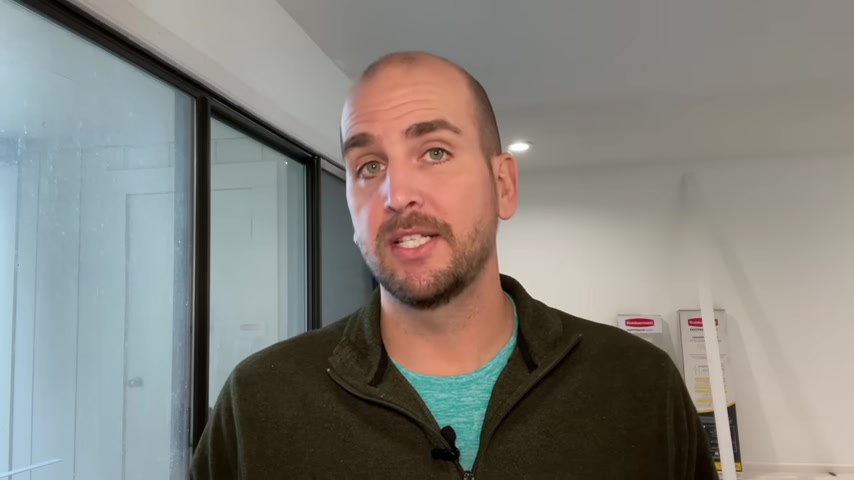
So let's sum it up and will I be switching to the commercial group ?
All right .
So now we've seen the internals and one note Leviton makes a tonn of outlets .
So if you want to see the two that I specifically went over , look down in the description , I'll have links to the two different outlets that we went over too often in different products .
When you go for the upgrade and you pay more , the internals are actually the same between the like low medium and maybe high quality options .
That's not the case .
So you saw there's tangible design differences , the thickness over all the metal , the thickness of the plastic , the clearances , there's , there's really no similarities between the two .
So the two main things that sold me on it are the reduced chance of any internal failures with the commercial .
I think that's awesome .
And then also that plugs will stay in over time and the commercial much better than the residential .
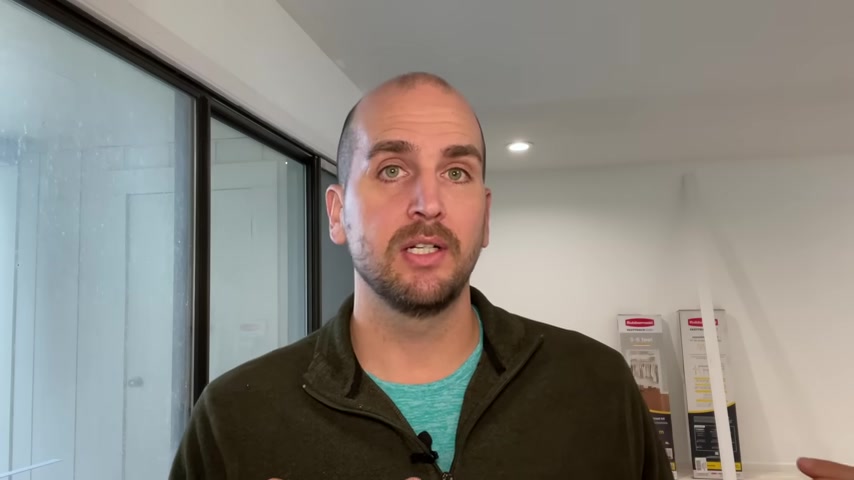
You'll be able to pull plugs in and out without worrying about that U or V shape deforming and then not holding the plugs in with the commercial and having that larger lever arm that presses the plug into place that's just going to make for a better connection over time .
So I'm making the change here in a condo that I'm redoing there's 24 plugs .
So the material cost difference if I wanted to upgrade to a commercial opposed to residential is only $35 .
So really in the grand scheme of things , spending the time , whether you're doing it yourself or you're hiring it out .
Remember if you're hiring out , that's , this is good information to have because you can request these commercial plugs and get that better product installed in your home or condo before you take off .
Don't forget to subscribe to our channel .
We have videos like this coming out on a weekly basis to help you guys around the house with your repairs and improvements and we're gonna catch you on the next one .
Take care .
Are you looking for a way to reach a wider audience and get more views on your videos?
Our innovative video to text transcribing service can help you do just that.
We provide accurate transcriptions of your videos along with visual content that will help you attract new viewers and keep them engaged. Plus, our data analytics and ad campaign tools can help you monetize your content and maximize your revenue.
Let's partner up and take your video content to the next level!
Contact us today to learn more.